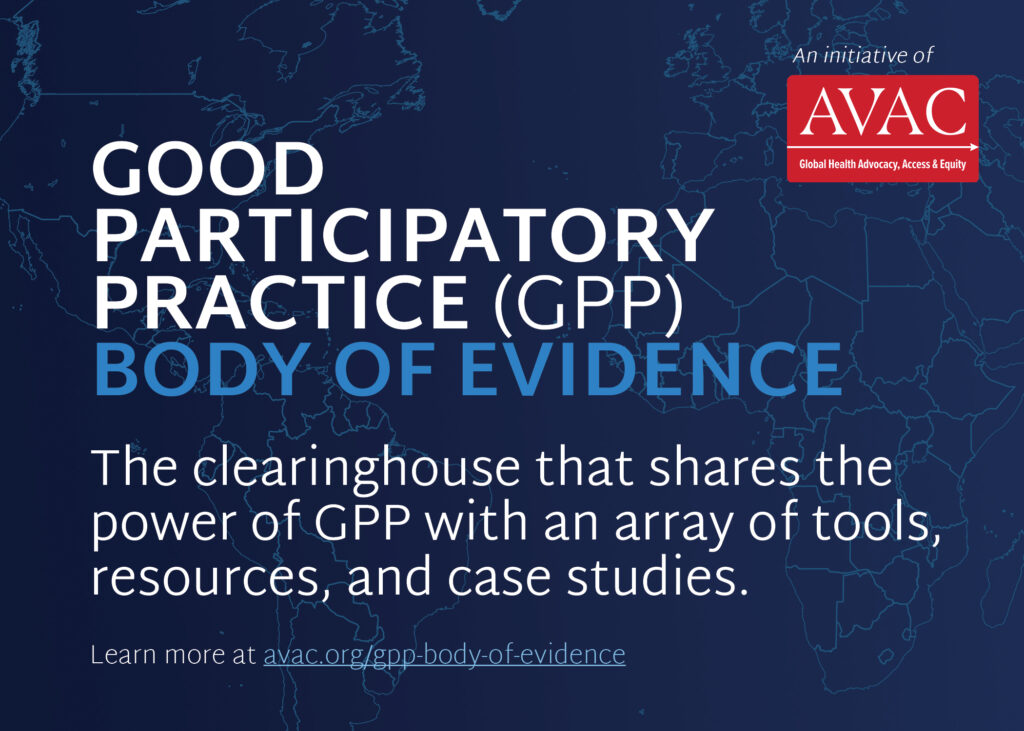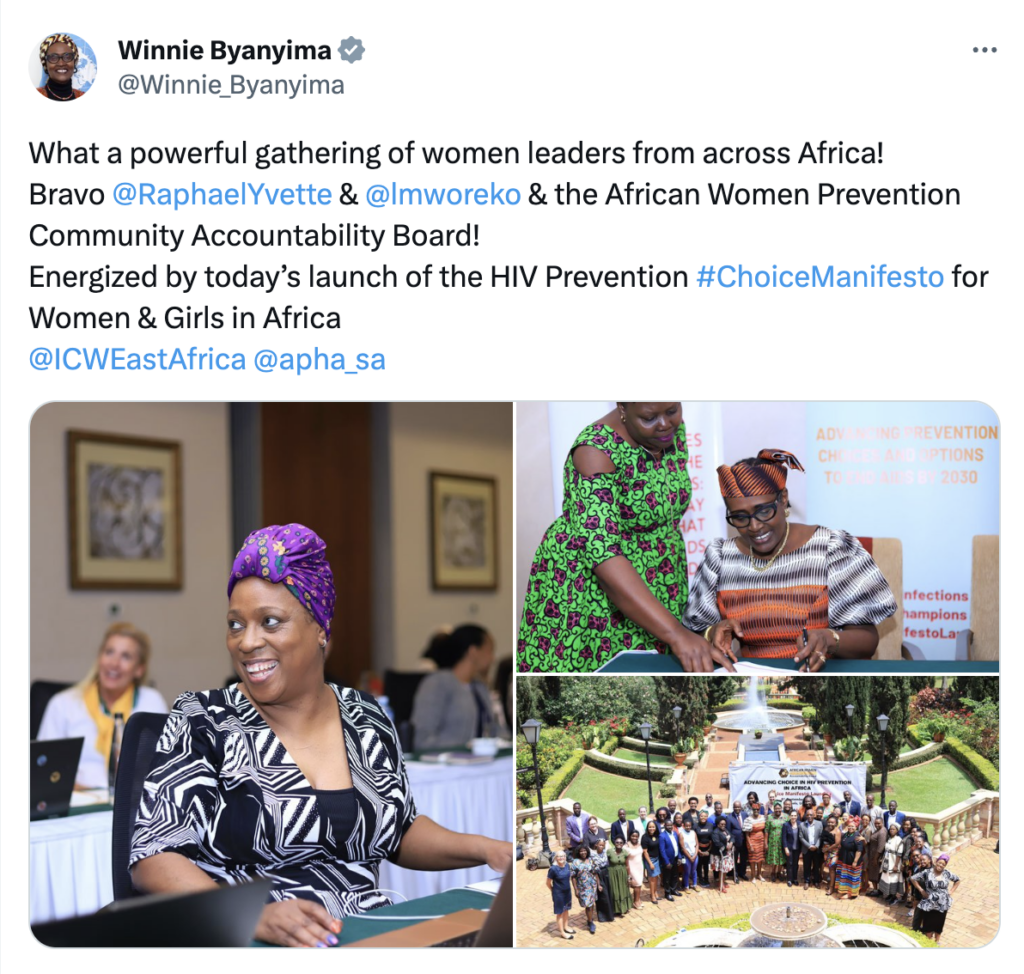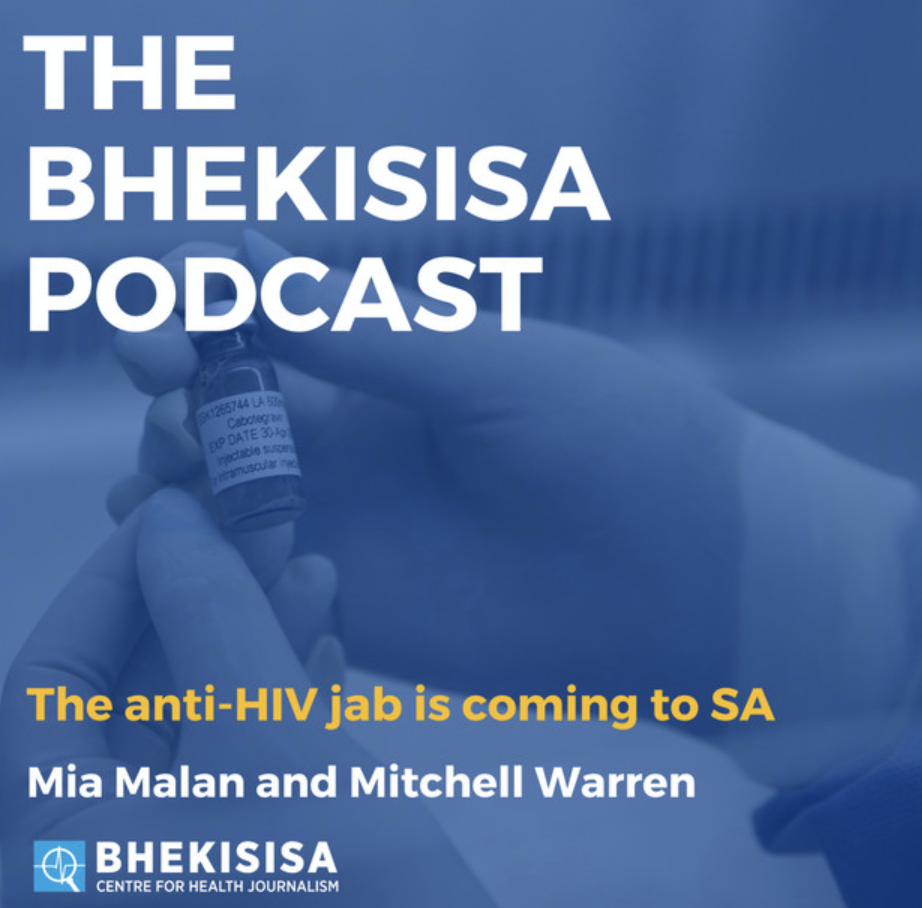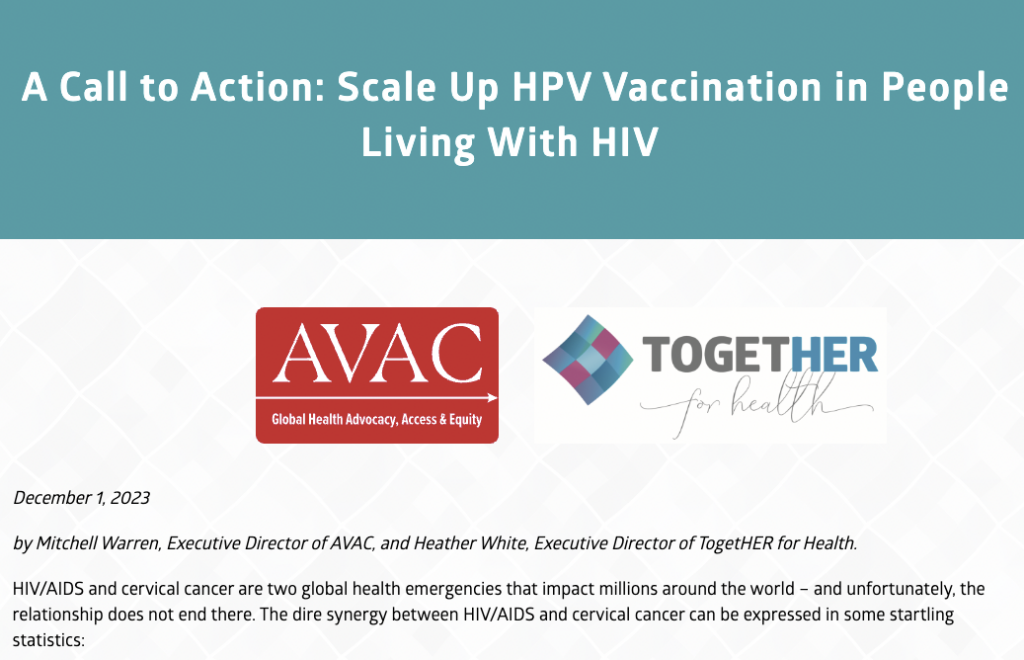As we look ahead to 2024 and the vital work AVAC and partners will be carrying forward, the conversations from 2023 offer guidance and insights. Px Pulse, AVAC’s podcast on critical issues facing HIV prevention research, hosted several not-be-missed conversations in 2023 that will reverberate into the year ahead.
From a stalled PEPFAR reauthorization to LGBTQIA+ voices fighting persecution in Uganda; from efforts to bring equity to a new global architecture for pandemic readiness to advances in HIV vaccine science and advocacy to include pregnant people in research—we hope that all of these conversations can inform our advocacy in 2024. Click on the episode for both recordings and resources.
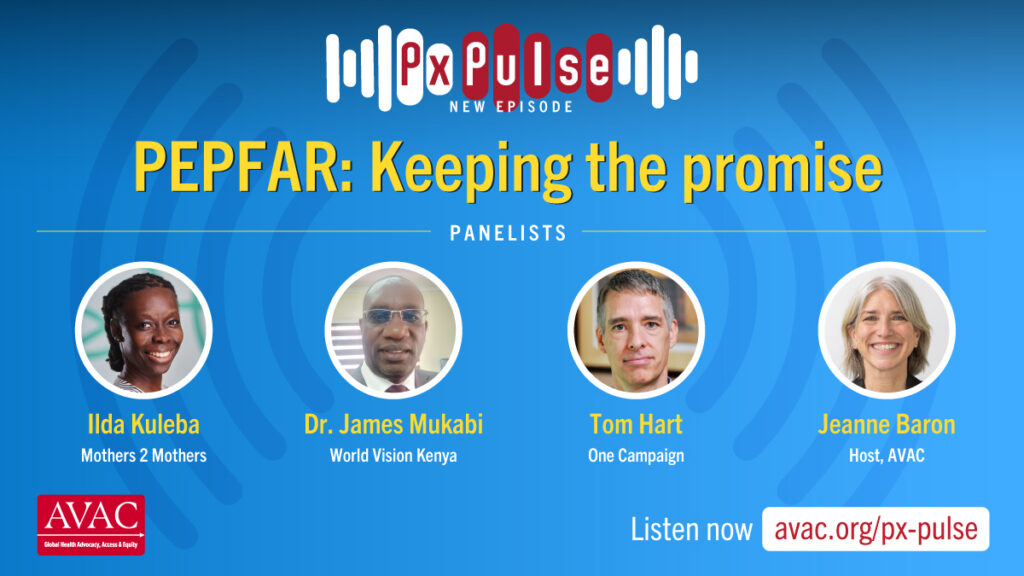
PEPFAR at 20: Keeping the promise (23:16)
Considered one of the greatest US foreign policy and global development achievements of the century, the program has saved upwards of 25 million lives since it launched in 2003. But PEPFAR is marking its 20th anniversary while fighting for its future. LISTEN HERE.
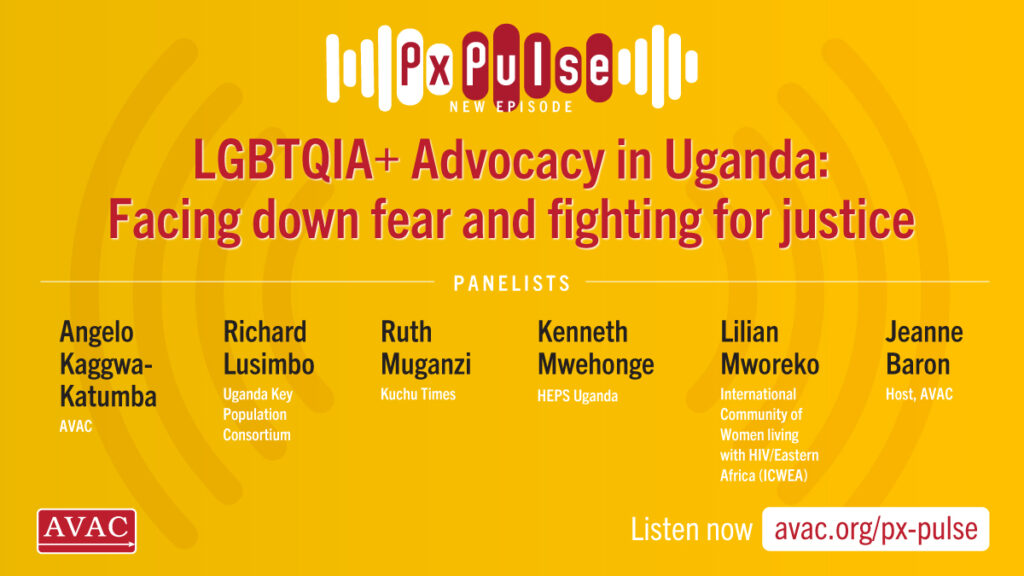
LGBTQIA+ Advocacy in Uganda: Facing down fear and fighting for justice (24:19)
In March 2023, the Ugandan Parliament moved forward broad-reaching legislation to further criminalize LGBTQIA+ people. This podcast features Ugandan advocates and AVAC partners discussing the specifics of how these attacks have gained momentum and their ties to US-based religious extremists. The advocates discuss what needs to happen next. LISTEN HERE.
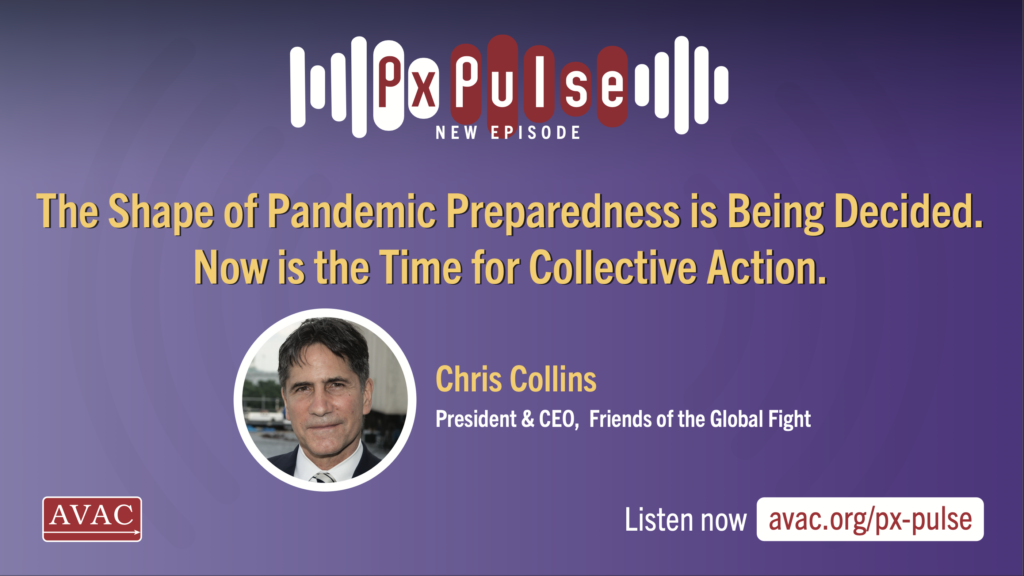
The Shape of Pandemic Preparedness is Being Decided. Now is the Time for Collective Action (15:14)
Health leaders around the world are in the midst of creating a new architecture to deal with pandemics. Chris Collins, the CEO and President at Friends of the Global Fight Against AIDS, Tuberculosis and Malaria, talks about what’s at stake, which policymakers get it already, why this year matters so much, and what advocates can do about it. LISTEN HERE.
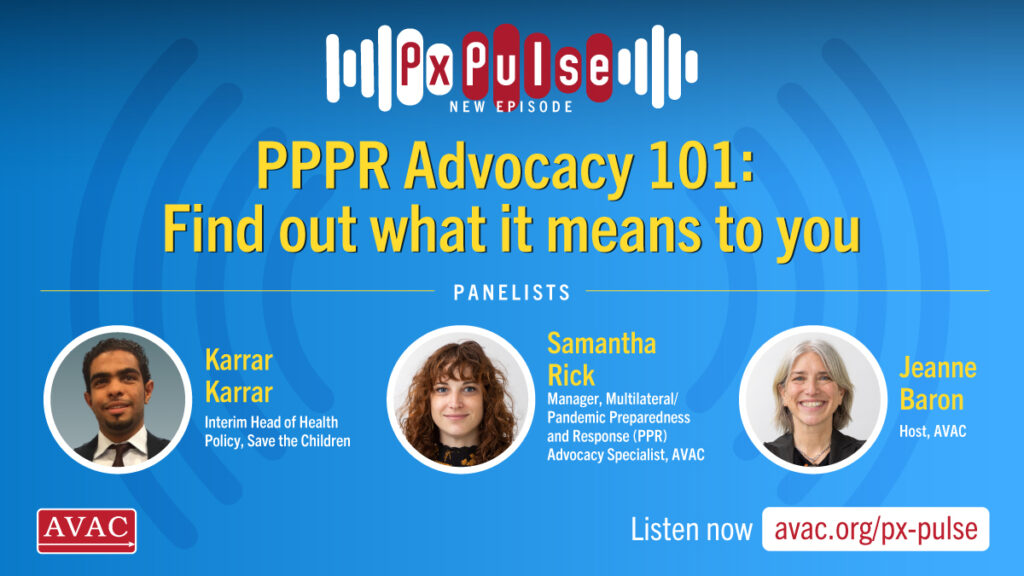
PPPR Advocacy 101: Find out what it means to you (19:05)
Over the coming months, global leaders will make key decisions about several initiatives to prepare for the next pandemic. This podcast explores what they commit to, how much they will spend and how well these plans safeguard equity. LISTEN HERE.

Inclusion of Pregnant and Lactating People in HIV Research: What you need to know (34:28)
AVAC’s Manju Chatani-Gada takes us through conversations with a trial participant who became pregnant, researchers, policymakers and donors to understand why this population gets excluded, the impact it has and what to do about it. LISTEN HERE.

Evolving Strategies for an HIV Vaccine: One researcher explains where the field is going and why? (21:23)
Evolving Strategies for an HIV Vaccine: One researcher explains where the field is going and why? Dr. Katy Stephenson explores the implications of recent trial results, the big questions driving next generation vaccine development, and new strategies underway in early phase research. LISTEN HERE.
Happy listening—and let us know what topics you want to hear more about in 2024!


